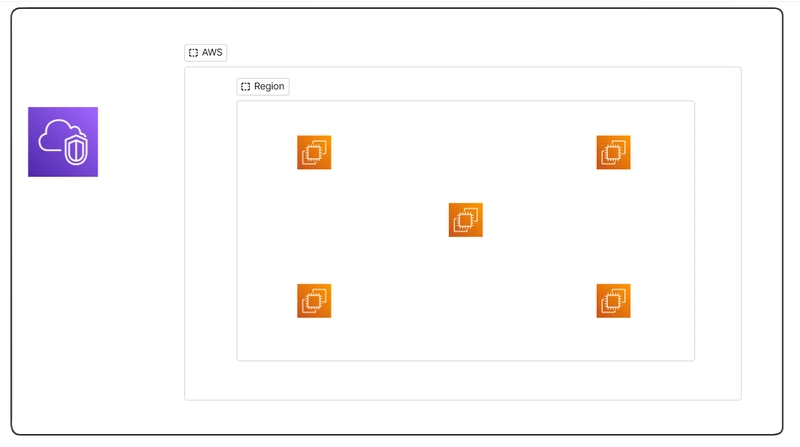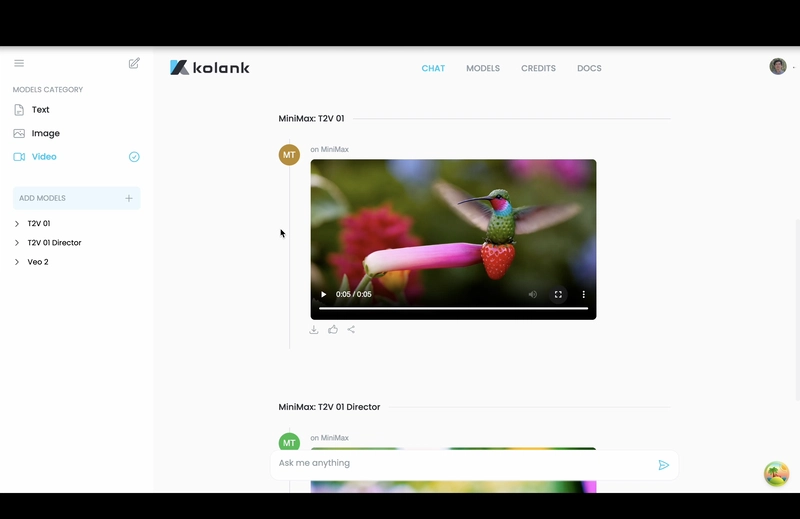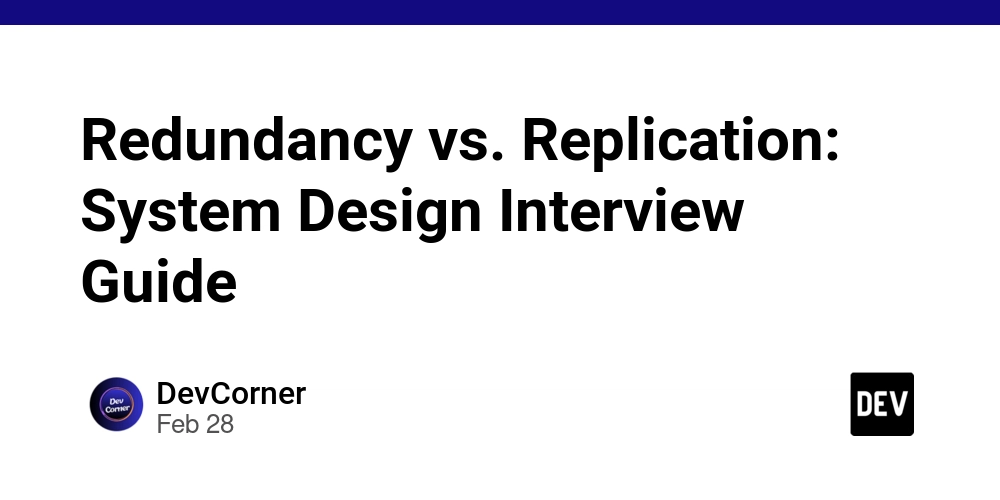⚙️ Async Error Handling in Node.js: 4 Best Practices
Handling asynchronous errors effectively is crucial in Node.js applications to ensure robustness and maintainability. This article covers best practices and patterns for async error handling, including callbacks, promises, and async/await. 1. Error Handling with Callbacks Traditionally, Node.js uses callbacks where the first parameter is an error object. const fs = require('fs'); fs.readFile('file.txt', (err, data) => { if (err) { console.error('Error reading file:', err); return; } console.log(data.toString()); }); 2. Error Handling with Promises Promises provide .catch() method to handle errors clearly and cleanly. const fs = require('fs').promises; fs.readFile('file.txt', 'utf-8') .then(data => console.log(data)) .catch(err => console.error('Error reading file:', err)); 3. Async/Await Error Handling Using async/await, you can handle errors elegantly using try-catch blocks. const fs = require('fs').promises; async function readFileAsync() { try { const data = await fs.readFile('file.txt', 'utf-8'); console.log(data); } catch (err) { console.error('Error reading file:', err); } } readFileAsync(); 4. Centralized Error Handling with Middleware (Express.js) In Express, you can centralize error handling using middleware. const express = require('express'); const app = express(); app.get('/', async (req, res, next) => { try { // async operation } catch (err) { next(err); } }); // Error-handling middleware app.use((err, req, res, next) => { console.error(err.stack); res.status(500).send('Something broke!'); }); app.listen(3000); Best Practices Always handle promise rejections to prevent unhandled rejections. Utilize centralized error handling to simplify debugging and error logging. Provide clear and meaningful error messages for easier debugging. Validate and sanitize input to prevent errors. Final Thoughts Proper async error handling improves the resilience and maintainability of your Node.js applications. Adopting these patterns ensures your applications handle errors gracefully and predictably. What async error handling strategies do you prefer? Share your approaches in the comments!

Handling asynchronous errors effectively is crucial in Node.js applications to ensure robustness and maintainability. This article covers best practices and patterns for async error handling, including callbacks, promises, and async/await.
1. Error Handling with Callbacks
Traditionally, Node.js uses callbacks where the first parameter is an error object.
const fs = require('fs');
fs.readFile('file.txt', (err, data) => {
if (err) {
console.error('Error reading file:', err);
return;
}
console.log(data.toString());
});
2. Error Handling with Promises
Promises provide .catch() method to handle errors clearly and cleanly.
const fs = require('fs').promises;
fs.readFile('file.txt', 'utf-8')
.then(data => console.log(data))
.catch(err => console.error('Error reading file:', err));
3. Async/Await Error Handling
Using async/await, you can handle errors elegantly using try-catch blocks.
const fs = require('fs').promises;
async function readFileAsync() {
try {
const data = await fs.readFile('file.txt', 'utf-8');
console.log(data);
} catch (err) {
console.error('Error reading file:', err);
}
}
readFileAsync();
4. Centralized Error Handling with Middleware (Express.js)
In Express, you can centralize error handling using middleware.
const express = require('express');
const app = express();
app.get('/', async (req, res, next) => {
try {
// async operation
} catch (err) {
next(err);
}
});
// Error-handling middleware
app.use((err, req, res, next) => {
console.error(err.stack);
res.status(500).send('Something broke!');
});
app.listen(3000);
Best Practices
- Always handle promise rejections to prevent unhandled rejections.
- Utilize centralized error handling to simplify debugging and error logging.
- Provide clear and meaningful error messages for easier debugging.
- Validate and sanitize input to prevent errors.
Final Thoughts
Proper async error handling improves the resilience and maintainability of your Node.js applications. Adopting these patterns ensures your applications handle errors gracefully and predictably.
What async error handling strategies do you prefer? Share your approaches in the comments!






































































































































































![[The AI Show Episode 143]: ChatGPT Revenue Surge, New AGI Timelines, Amazon’s AI Agent, Claude for Education, Model Context Protocol & LLMs Pass the Turing Test](https://www.marketingaiinstitute.com/hubfs/ep%20143%20cover.png)

































































































































![From drop-out to software architect with Jason Lengstorf [Podcast #167]](https://cdn.hashnode.com/res/hashnode/image/upload/v1743796461357/f3d19cd7-e6f5-4d7c-8bfc-eb974bc8da68.png?#)









































































































.jpg?#)































_ArtemisDiana_Alamy.jpg?#)




 (1).webp?#)
























































































![Yes, the Gemini icon is now bigger and brighter on Android [U]](https://i0.wp.com/9to5google.com/wp-content/uploads/sites/4/2025/02/Gemini-on-Galaxy-S25.jpg?resize=1200%2C628&quality=82&strip=all&ssl=1)













![New iOS 19 Leak Allegedly Reveals Updated Icons, Floating Tab Bar, More [Video]](https://www.iclarified.com/images/news/96958/96958/96958-640.jpg)

































































































































